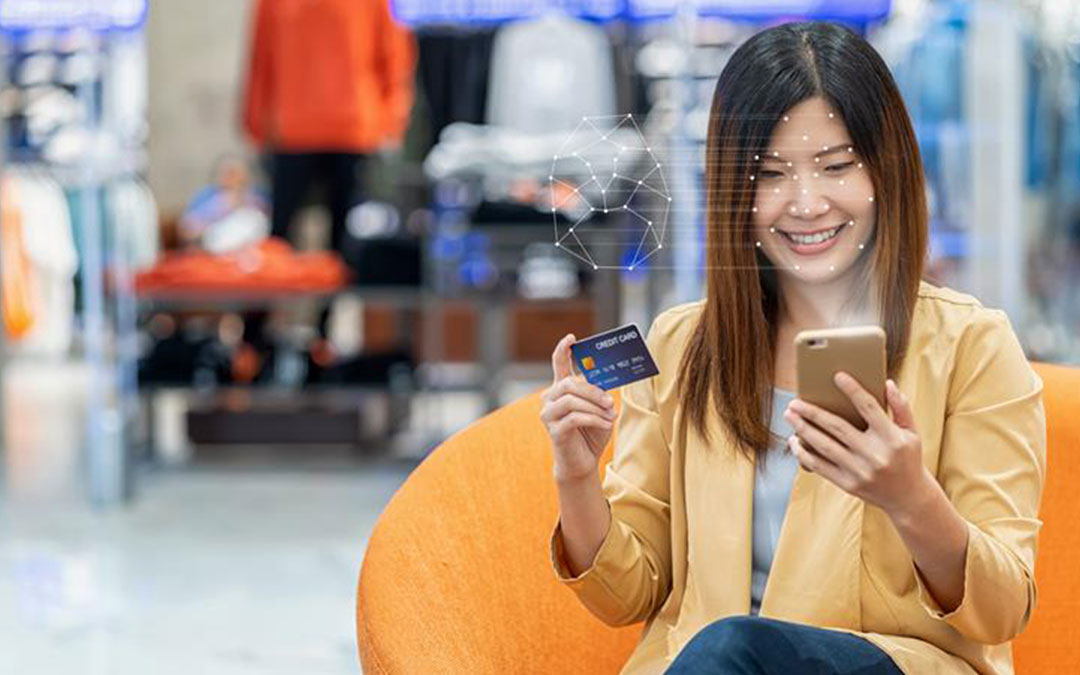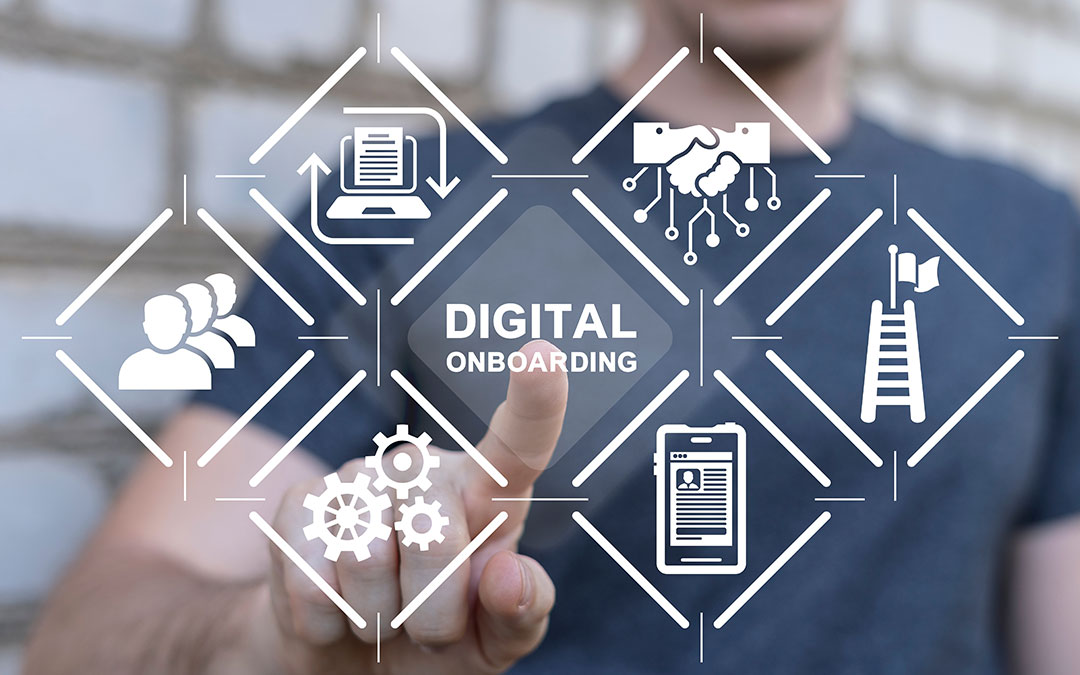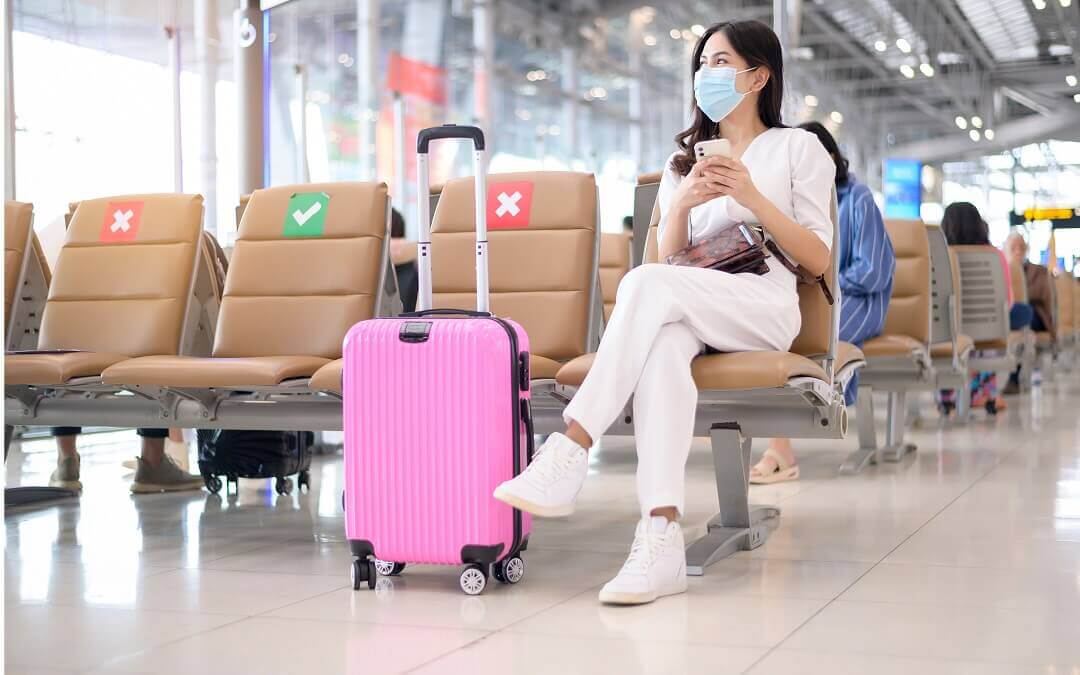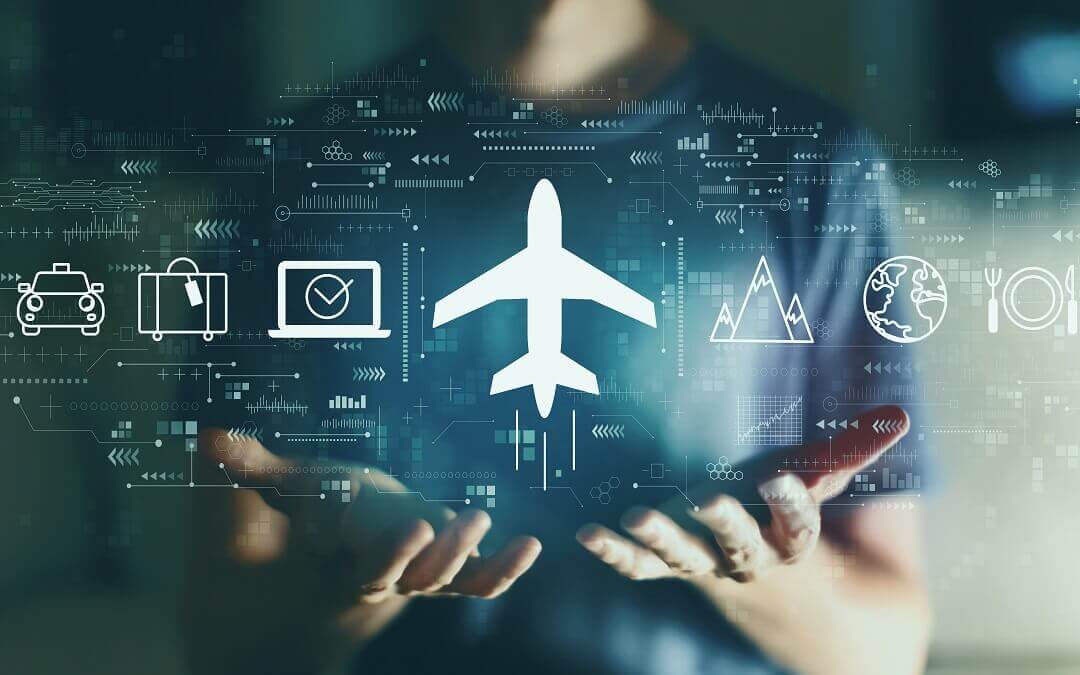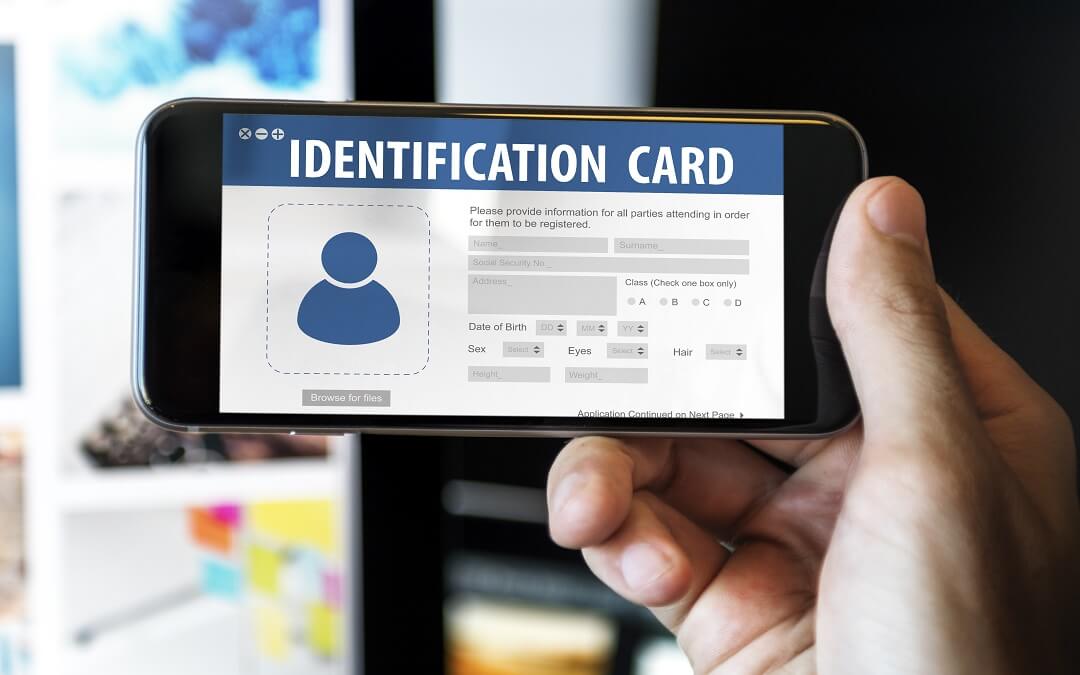- Technology
- Uploaded In: 2024
How the surge in travel this year will lead to the scaling up of biometric payments
With many airports and airlines using biometrics to offer a contactless experience for travellers with their check-in, immigration to boarding, here is how this solution will emerge as a practical and smart mode for digital payments by travellers during their journey.
Considering the challenges airports and airlines were facing earlier in terms of long immigration and check-in lines due to manual processing, the introduction of biometric and contactless technology has significantly enhanced the traveller experience. Apart from improving the average passenger service time for airlines and immigration authorities alike, biometric technology has transformed the touchless experience post-pandemic with no more physical exchange of travel documents or in-person interactions now required from check-in to boarding if the traveller opts for this route.
These emerging technologies enhance border officials’ judgment through facial recognition. Next in line, data analytics can help detect suspicious profiles by analysing various data points that passenger submits, right from booking an air ticket to applying for a visa and subsequent transit interface.
No longer do travellers have to reach out for their passports, visa, or other travel documents in physical forms at each touch point, with their faces becoming their digital- IDs.
Biometric solutions in demand with the surge in air travel this year
A recent report from Acuity Market Intelligence states that biometric e-gates at airports have been deployed at 250 airports in 100 countries around the world which include 3,600 automated border control e-gates, and over 1,800 biometric boarding gates and ‘FacePods’ in 80-plus locations.
In terms of location-wise deployments, North America accounts for 42 per cent of the market, while Asia makes up 30 per cent, followed by Europe which is just over 16 per cent.
Demand for DIY technology and lesser physical intervention amidst the travel surge
With the pandemic acting as a catalyst to the increased demand for outbound travel, many travellers now prefer contactless and DIY (Do-It-Yourself) solutions that reduce human intervention and physical documents to be presented. As a result, what is being observed now is greater adoption of the biometric solution by airlines or airports like Dubai, Amsterdam etc. this year to ensure they effectively meet the outbound travel demand.
Greater adoption of biometric payments in travel this year
Hence, it is natural to extend this smart solution to any form of payment by travellers during their trip considering its secure nature. This can range from paying for a flight upgrade or extra baggage allowances at the check-in point to in-flight purchases like food and beverages or internet, or even lounge access-related payments during the boarding process.
Even hotels can use this for check-ins where guests can use their face biometrics instead of a passport or ID card. It extends to any payment needed during the stay without having to reach for their wallet, or cards or even use it as an alternative to deposits they collect for damage and food, spa or bar tabs during their stays. Not only will this streamline the check-in process, but it will also provide an extra layer of security.
Some companies have already implemented biometric payment solutions successfully. A case in point was how Carrefour stores in Dubai implemented biometric payment solutions using face recognition in select stores in 2022. Based on an initial analysis of biometric payments, many organisations who have implemented this solution claim not only does this enhance revenue generation capabilities by offering a superior payment experience, but it also quickens the process of ordering and checkout, drives loyalty engagement, and acts as a means to reduce fraud.
An alternative solution to drive financial inclusion
The IATA Global Passenger survey noted there were passenger concerns around using biometrics, including data breaches, and uncertainty over who the data is shared with or how securely it is being handled or stored. So, the key question is whether this will impact the adoption of biometric payments.
With challenges like remembering ATM pins, and passwords or getting OTPs which over a third of the world’s population still faces, biometric payments could emerge as a key solution in driving financial inclusion. Especially with digital fraud by misusing credit and debit cards being prevalent across the world, biometric payments are a strong alternative to driving contactless payments considering the level of security it entails.
Creating an end-to-end approach in applying security by design for biometric payments
However, the onus remains on the organisations to ensure there is no data breach and that they implement strong globally accepted data privacy and security measures. Given such risks, protecting data sets, including biometric information becomes critical. Core security principles of encryption, access control and authentication, logging and monitoring become important and should be included right from the design and development stage of the systems. Vulnerability management is another key area that should be actively managed, especially since many open-source libraries are used in systems development.
VFS Global, for instance, complies with various data localisation, privacy, and protection laws, including the EU General Data Protection Regulation (GDPR). A lot of information that VFS Global collects is sensitive and requires their utmost care, especially biometric data including fingerprints etc. that has an enormous value if monetized. VFS Global not only understands the value of the data but is mindful of the risks associated with its storage. The company doesn’t retain information considering the liability it entails. As soon as the biometric information is collected it is passed instantaneously to the local Embassy or Consulate.
Adopting a similar approach in biometric payments will greatly reduce the risk to the traveller and companies and must be at the forefront of implementing this solution during the current travel surge.
Travellers willing to share biometric data in exchange for a better travel experience
Passengers are now more inclined towards completing the airport check-in and immigration processes much quicker and expect technology and biometric-driven solutions that enhance their experience with minimal physical documentation. IATA Global Passenger survey for 2022 indicates that 88% of the passengers were satisfied with the overall biometric process, while 75% would rather use biometrics than passports or boarding passes.
If you have any feedback on this article or would like to reach out to our team to know more, please email us at
communications@vfsglobal.com


